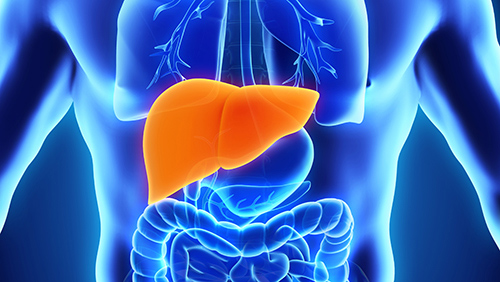Liver Transplant

We are a leader in liver transplantation. Interested in an evaluation? Learn more about:
Liver Transplant
Cirrhosis is scarring caused by excessive alcohol use, viral hepatitis or other causes of chronic liver disease.
It represents a common final pathway of several types of liver injuries.
As scar tissue replaces healthy liver tissue, it prevents normal liver function and blocks blood flow through the liver, resulting in liver failure. Because cirrhosis often causes no symptoms until its later stages, many people are unaware that they have this condition until their liver is badly damaged.
At the University of Maryland Medical Center, our liver disease specialists offer surgical and non-surgical treatments, including liver transplant, to help treat your cirrhosis. Call 410-328-1358 to make an appointment.
Early symptoms of cirrhosis can resemble those of other conditions. They include:
As liver function gets worse, other symptoms may include:
Complications from cirrhosis may be the first sign some people have. These can include:
To diagnose cirrhosis, our doctors will review your medical and family history, do a physical exam and diagnostic tests, which may include blood tests, imaging and a liver biopsy.
Although there is no cure for cirrhosis, treatment often includes medications, and directions to stop drinking alcohol and discontinue any medications that may worsen liver disease.
We can treat diseases that cause cirrhosis, like hepatitis C, and prevent it from advancing to liver failure. We can also treat complications of cirrhosis like portal hypertension, liver failure and liver cancer.
If you have cirrhosis, avoid eating raw or undercooked shellfish, fish and meat. Bacteria or viruses in these foods may cause severe infection. Your doctor may recommend limiting salt and limiting your intake of fats. Stop drinking alcohol completely because it can cause more liver damage.
Your doctor can refer you to a nutritionist, who will give you advice for a healthy diet suitable for your condition.
To make an appointment with one of our liver disease specialists, call 410-328-1358.